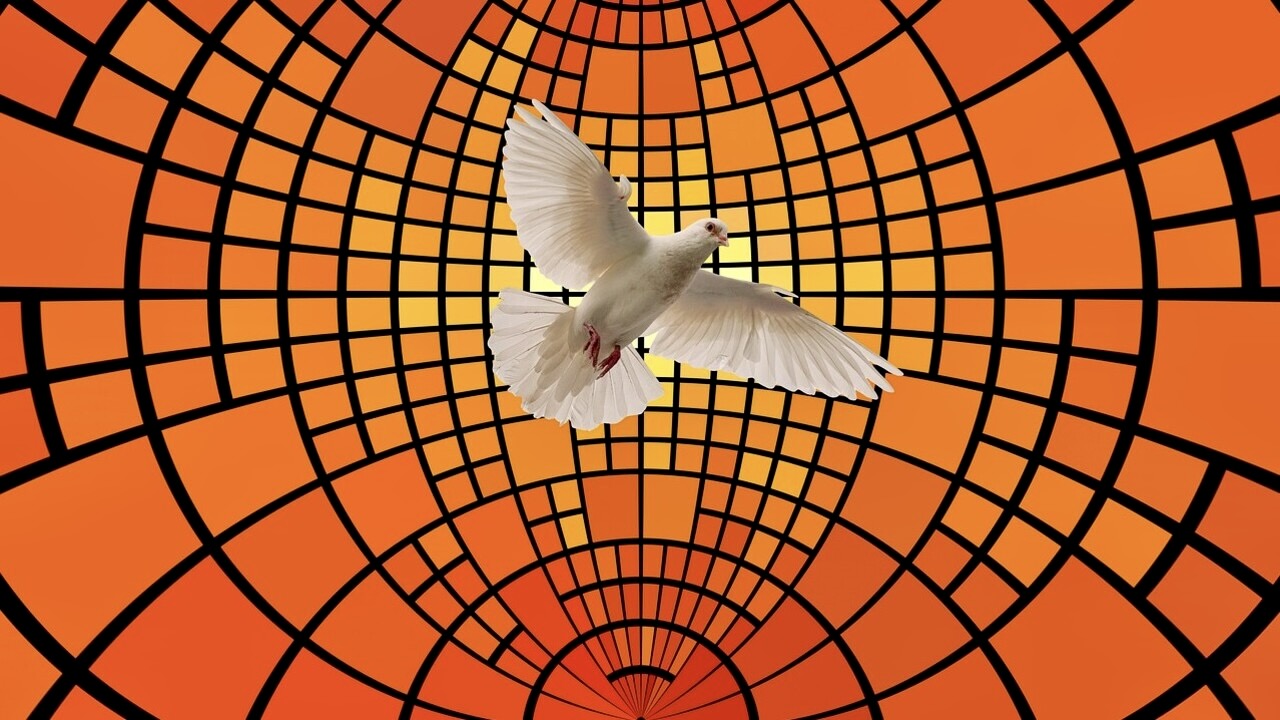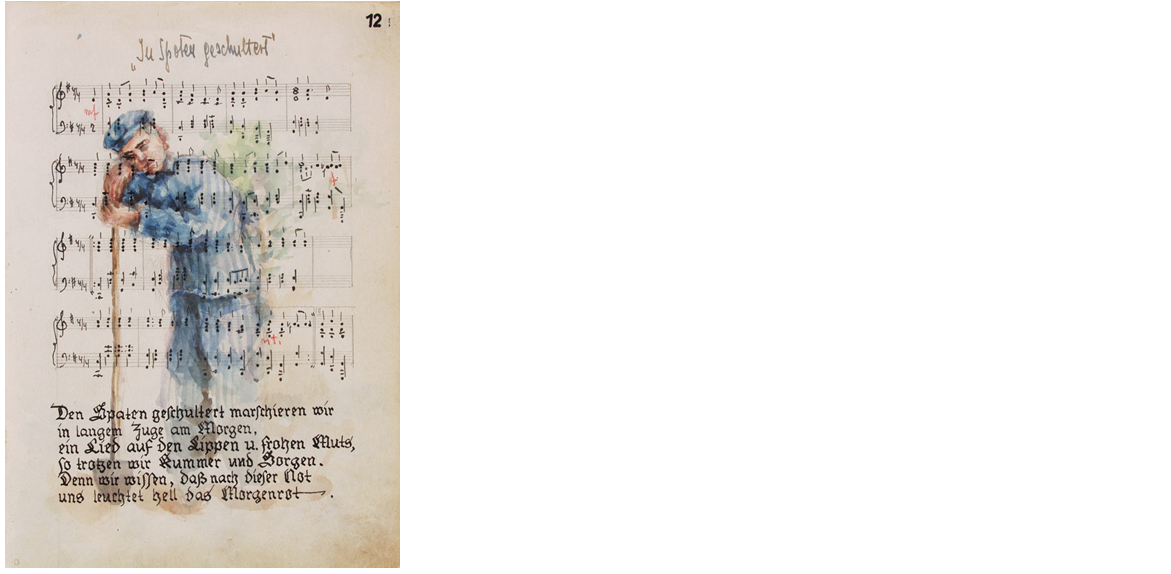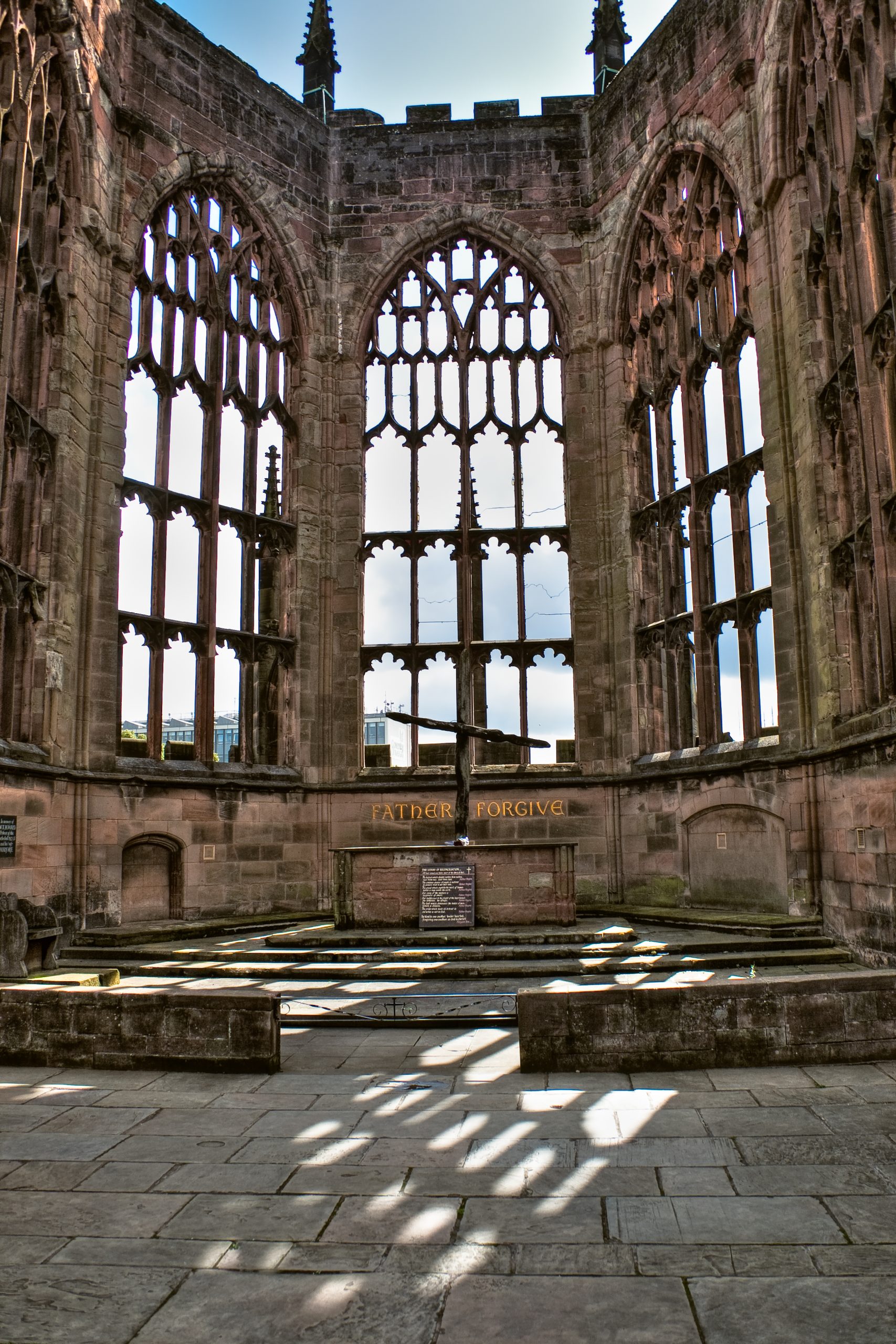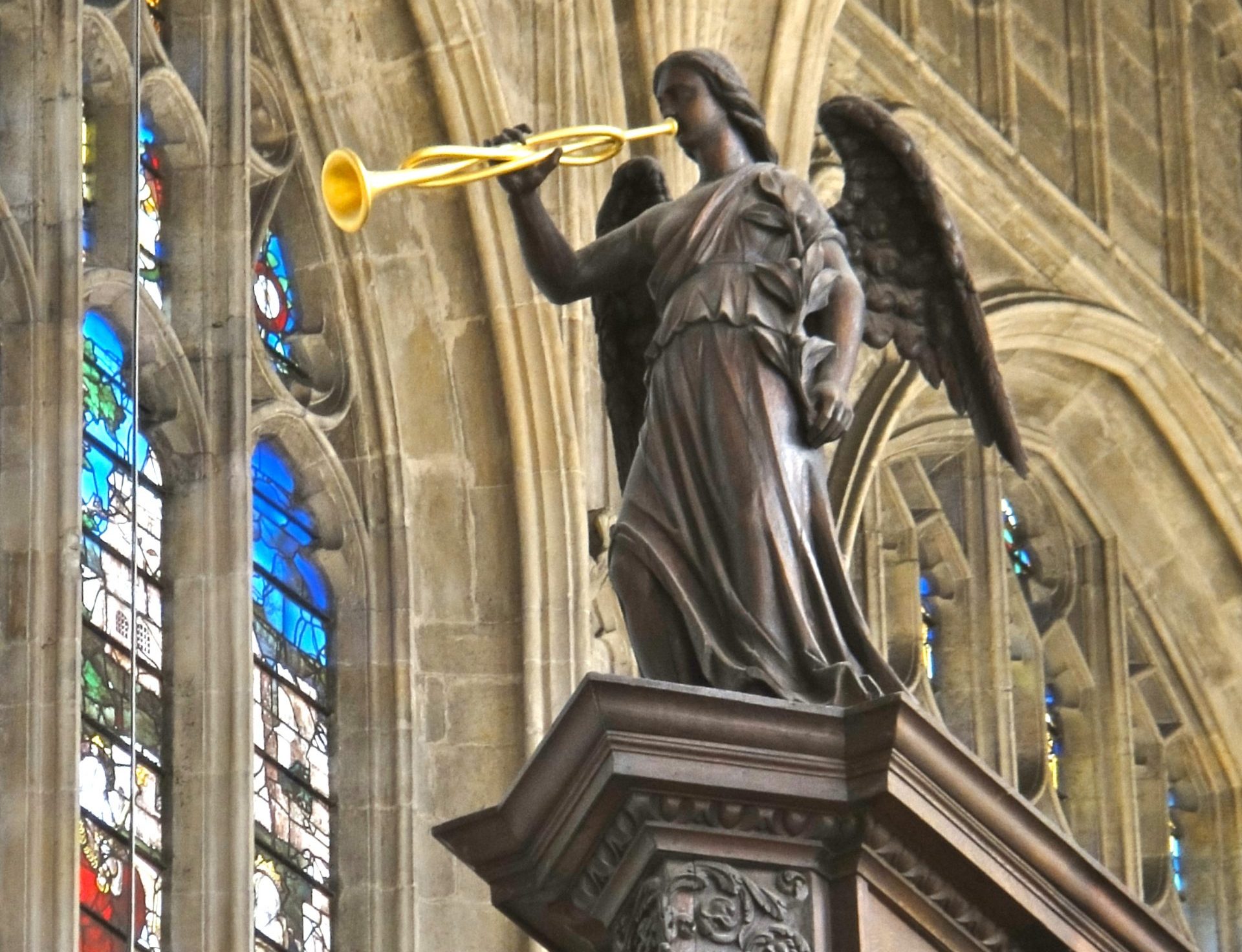musica pro pace: Benjamin Britten War Requiem op. 66
„Dona nobis pacem“ – Friedensmusik für 1945
In 1940, the French composer André Jolivet created a “Messe pour le Jour de la Paix” – a mass for the day of peace. It was immediately preceded by the Compiègne Armistice of 22 June, which sealed the occupation of France by Nazi Germany. Jolivet longed for a return to peace, for which he created his Mass.





